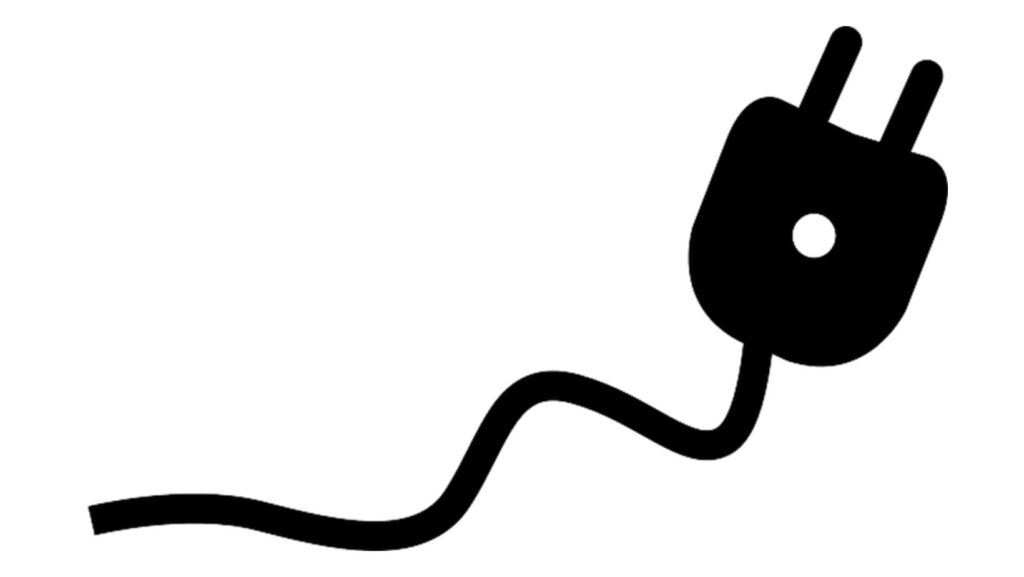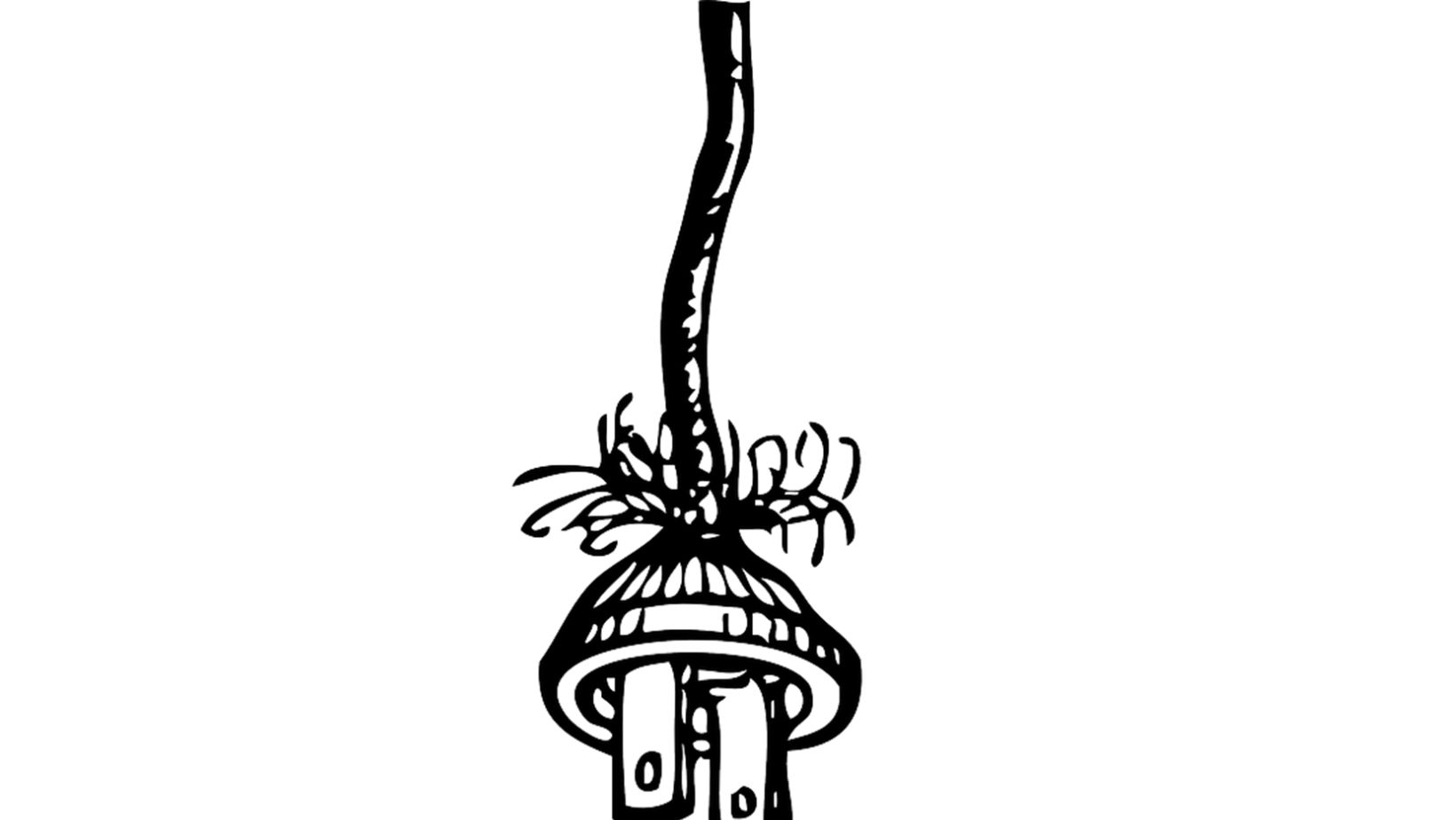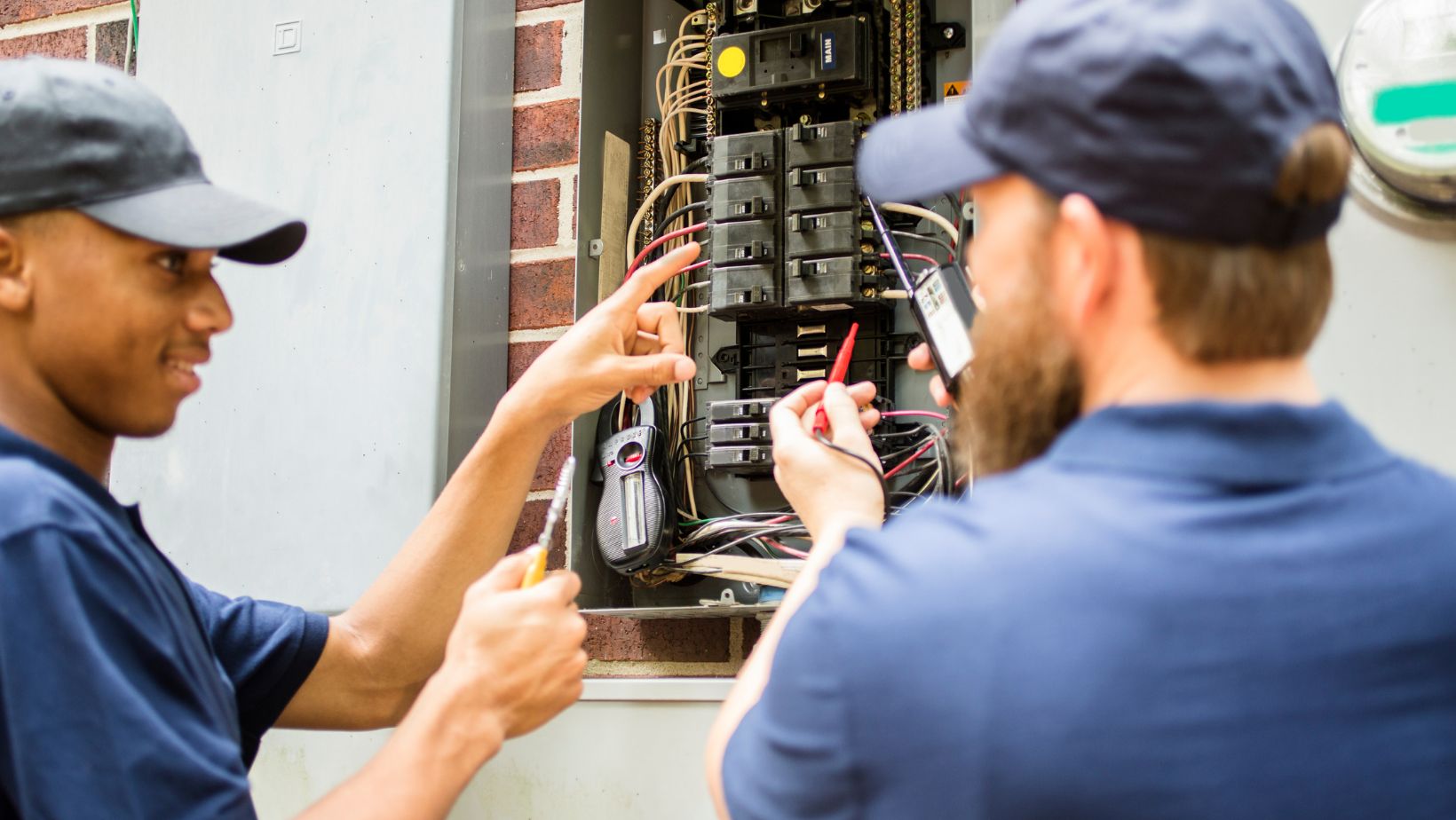Efficient & Safe Residential Electrical Repairs by a Licensed Professional

Safety should always be the primary focus when working around electricity; it’s an element that can be challenging to control. Hundreds of people each year are electrocuted and approximately 5 percent are involved in electrical accident that result in fatalities.
The power to the circuit you work on should always be shut off from the breaker box. The switch or fixture should be labeled and flipped to the “off” position. You can double check that there’s no power with a voltage tester.
The safest bet, especially when you’re uncomfortable working with electricity is to reach out to call a licensed electrician. Dayton Electrical Services have licensed technicians with extensive knowledge and expertise along with the proper tools and equipment to solve problems efficiently and safely.
Not all concerns that crop up are fixable with do-it-yourself repairs. Damaged electrical panels or sparking switches or outlets need immediate professional attention.
Pay attention for potential issues, such as hot electrical outlets or a burning smell These can be a sign of loose wiring or an overloaded circuit, which are fire hazards.
When you perform DIY fixes, it’s essential to use the proper tools and gear. Invest in rubber gloves that are rated for electrical work and insulated tools. Theses prevent shocks by stopping electricity from traveling through the body.

Visit –How to Do Home Electrical Repairs: Tips and Guidelines | HowStuffWorks – for tips on how to do home electrical repairs. Consider common the following household electrical issues and how to resolve them.
Changing a light switch
Changing a light switch is a relatively straightforward DIY repair. The power must be switched off at the circuit and confirmed with the voltage tester. A screwdriver is used to remove the switch plate and unscrew the switch. Take a picture of how the wires are connected so you can rewire them accordingly and then detach them.
Match the wires for the new switch to the terminals – white/white, black/black and ground to bare copper and secure tightly. The new switch should be screwed into the electrical box and the switch plate reattached. You can then turn the power back on and test your work.
Replacing a light fixture
Replacing an outdated light fixture with a more modern, sleek design is an ideal way to upgrade a space. Safety needs to be a priority when handling this project, however. Before doing anything, the power to the fixture needs to be turned off at the circuit and verified with the voltage tester.
The mounting screws will then be removed, and the wires can be detached to remove the old fixture. Pay attention to how the wires are connected so you can follow the same color-coding principle as noted previously. The manufacture will provide instructions for installing the new fixture and the decorative cover.
You can then restore the power at the breaker box and enjoy the glow of your new updated fixture. Read here for home electrical wiring tips and safety.
Resetting a GFCI Outlet
GFCI – Ground Fault Circuit Interrupter outlets are mandatory in bathrooms and kitchens. These monitor current flow and will immediately cut power when detecting a shock hazard, a vital protection in wet environments.
Resetting a GFCI outlet is usually relatively simple and straightforward for DIY enthusiasts. There are buttons on the faceplate labeled “test” and “reset”. Before you attempt a reset, unplug everything from the outlet. This can help identify what tripped the outlet.

Press the “test” button first so the outlet trips. If it doesn’t, the outlet might be faulty and need to be inspected by a professional. If it does, press “reset” firmly until you hear a click. Power should then be restored to the outlet.
Troubleshooting flickering lights
Flickering lights in a house are disruptive and annoying and can have a few causes, many of which can be fairly easy to resolve. A basic reason for the problem is often a loose bulb. Simply tighten the bulb in the socket and see if it fixes the problem.
Another common cause is a faulty switch. If the problem persists after tightening the bulb, you can try replacing the switch using the steps mentioned previously. Flickering can also be due t a circuit breaker getting near capacity.
In this case, you want to turn off appliances not being used in the space to see if the flickering stops. If it does, it could be time to add a new circuit to your electrical panel, but this is something a licensed electrician would need to handle.
Final Thought
This guide empowers homeowners to tackle common electrical repairs, but in most cases the safer and smarter choice is to contact a licensed electrician.
These professionals have the necessary experience and skill set along with the proper tools and equipment to handle the work right without the potential for incidents or accidents.

 How to Design Homes That Suit Sydney’s Climate
How to Design Homes That Suit Sydney’s Climate  Smoke Alert Home Fire Safety: Essential Tips to Protect Your Family from Fires
Smoke Alert Home Fire Safety: Essential Tips to Protect Your Family from Fires  Senior Home Safety Assessment: Essential Tips for a Safer Living Space
Senior Home Safety Assessment: Essential Tips for a Safer Living Space